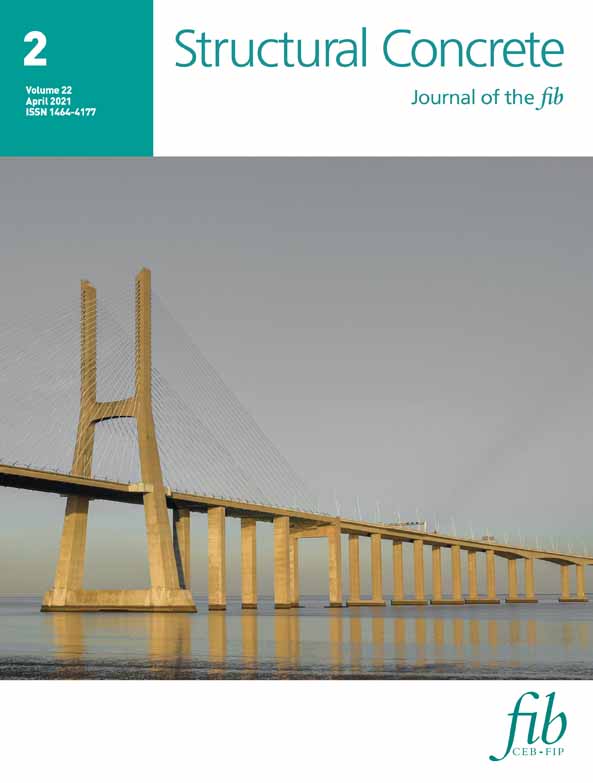Experimental and analytical study on tension lap splices in nonconventional concrete using different techniques
Abstract
An experimental and analytical study on 15 specimens of lap splices embedded in nonconventional concrete without confining reinforcement was performed under direct tension. The experimental program involved two groups of straight-ended and anchored-ended bars; three different techniques were employed with different splice lengths. For straight-ended bars, conventional lap splice was studied as a benchmark. The anchored-ended steel bars were hooks, hooks intersecting with cross bars, and plate-end bars. It was found that, the used techniques not only achieved higher tensile stress at failure, but also different modes of failure were observed. Besides, a splice length of five times bar diameter was found to be sufficient to achieve the nominal yield stress of the reinforcing steel bar in the case of anchored-ended bars. Finally, an analytical model was proposed in order to predict the ultimate tensile stress of the straight-ended spliced bars. The accuracy of the proposed model was verified against the test results of 137 existing specimens from previous research. The comparison showed good agreement between the results of the proposed model and the test results.
Open Research
DATA AVAILABILITY STATEMENT
The data that support the findings of this study are available from the corresponding author upon reasonable request.




